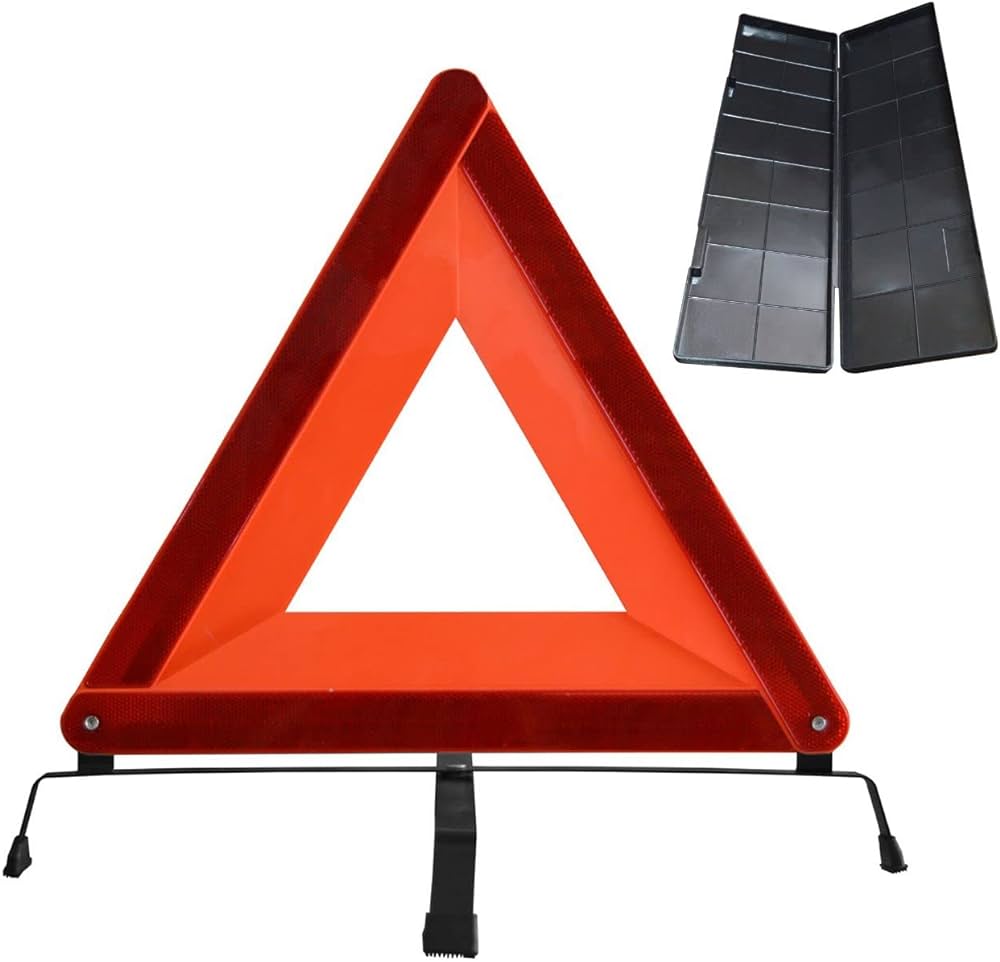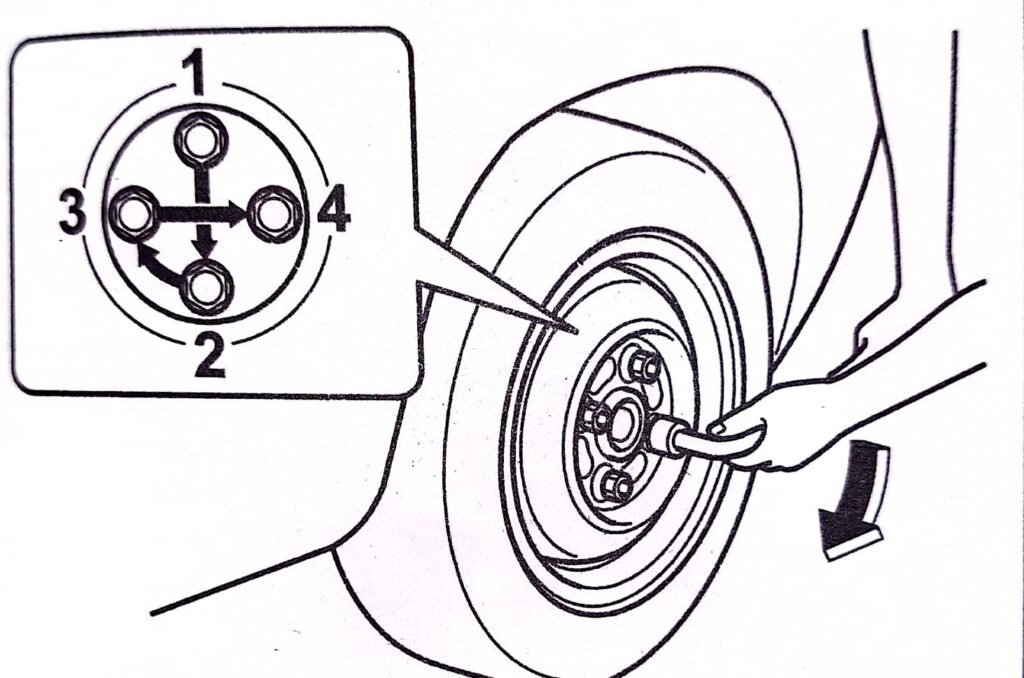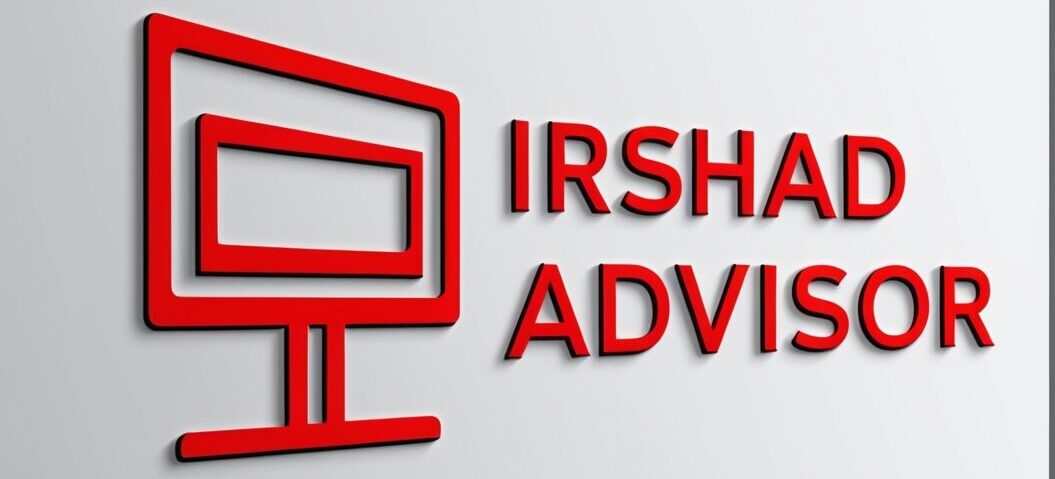Warning triangle

A warning triangle should be placed on an unobstructed road behind a vehicle during a
breakdown or emergency stop to alert oncoming traffic. What to do if the car suddenly breaks down?
The warning triangle should be placed at a distance of about 50-100 meters with its reflective side facing oncoming traffic. Before getting off the vehicle, the hazard warning lamps should be activated.
- The warning triangle should be taken off the cover with care.
- The reflector arms should be opened and their clips used to lock them together. Rotate the bottom stand counterclockwise as indicated by the arrow to open it.
- While holding the cover inside, reverse the procedure for its removal.
Tools for changing tires.
The luggage compartment keeps tire changing tools.
The luggage compartment carpet should be removed.
he jack handle is used to turn the shaft of the jack counterclockwise and pull the jack out of the storage bracket. What to do if the car suddenly breaks down?
Together, you can use the jack handle and wheel wrench to manage the jack.
Instructions for jacking in.
- The ground should be level and hard for the vehicle.
- The parking brake should be applied firmly and the shift should be moved into “R” (reverse) for your vehicle, whether it has a manual transaxle or an automatic gear shift.
WARNING
The vehicle should be shifted into “R” (reverse) before jacking it up for a manual transaxle or auto gear shift.
An unstable jack should not be used with the transaxle in “N” (neutral), or it could cause an accident.
- If your vehicle is near traffic, the hazard warning flashers should be switched on.
- The wheel is blocked on diagonally opposite sides, preventing it from moving both in front and rear.
- You should place the spare wheel near the wheel to be lifted before lifting it, in case the jack slips.
- Turn the jack handle clockwise to raise the jack and angle it, positioning the jack head so it fits around the jacking bar beneath the vehicle body. What
- Slowly and smoothly raise the jack under the jack point of the vehicle until the tire is off the ground. Avoid lifting the vehicle any more than necessary.
The wheel is being changed.
WARNING
In traffic, never change a wheel. Instead, move the vehicle off the road and onto level,
hard ground away from traffic to make the change.
A wheel can be replaced using this procedure.
- Jack, tools, and spare tire should be prepared.
- Butchered the wheel nuts, leaving them in place.
- The wheel and wheel nuts must be removed.
- The surface of the wheel, hub, and wheel nut should be wiped clean with a cloth. The hub, which may be hot from driving, should be cleaned carefully.
- The wheel nuts’ conical ends should face toward the wheel, and the new wheel should be installed. Each nut is to be tightened by hand until the wheel is securely seated on the hub.
- With the wheel wrench, tighten the nuts completely in numerical order after lowering the jack.
- In the reverse order of removal and tightening its bolt clockwise, place the spare tire back into the luggage compartment. What to do if the car suddenly breaks down?

Instructions for jumping starting a vehicle
- A 12-volt battery can be placed near a vehicle for the purpose of jump-starting it. The jump leads should be able to reach both the good 12-volt battery and the vehicle’s battery.
- Disengage all vehicle accessories that are not essential for safety purposes, such as headlights or hazard lights.
- The jump leads should be connected in this manner
The disconnected end of the first jump lead gets connected to the positive (+) terminal of the discharged battery.
The positive terminal of the booster battery should be connected to the other end.
The negative end of the second jump lead connects to the (-) terminal of the booster battery.
Make the engine mount bolt, an unpainted, heavy metal part of the vehicle’s engine,
connect with the discharged battery.
- The engine of the vehicle with the booster battery installed should be started. Run it at a moderate speed.
- The battery-discharged vehicle’s engine is started.
- Connect the jump leads in reverse order to remove them.
Vehicle towing
The instructions should be followed when towing your vehicle
During towing, your vehicle should be equipped with proper equipment and towed using the correct procedures to prevent damage .A frame hook should be used for towing at low speeds and for short distances on paved roads.
Manual transaxle vehicles and those with automatic gear shifts can be towed using these methods.
- The parking brake should be released before the rear wheels are on the ground and the front wheels are raised for towing.
- Before raising the rear wheels and lowering the front wheels, ensure the transaxle is in neutral and the steering wheel is unlocked (for vehicles with keyless push start system, the ignition key must be inside).
The starter is at fault, causing engine failure.
The battery’s status can be determined by turning the ignition switch to the “Start” position, or
the engine can be started with the headlights on by pressing the engine switch.
The battery or battery terminal contact is causing the headlights to dim excessively or go off.
Recharge the battery or make the necessary corrections to the battery terminal contact.
The fuses may need to be checked. What to do if the car suddenly breaks down?
if the headlights continue to flash. If the starter failure’s cause is not apparent,
there could be a significant electrical issue. Have your vehicle inspected by an authorized workshop.
Engine flooded: The engine failed.
- The fuel-saturated engine may make starting challenging. In such a situation, press the accelerator pedal down completely and maintain this position while attempting to crank the engine.
- The starter motor should not be run for more than 12 seconds at a time.
- The engine start system, which utilizes keyless push buttons, will automatically stop the starter motor after a certain duration if the engine fails to start. Once the starter motor has stopped or if there are any irregularities in the engine starting process, the starter motor will only activate when the engine switch is pressed.
Overheating occurs as an engine problem.
Under severe driving conditions, the engine may temporarily overheat, causing the high engine coolant temperature warning light to come on.
- If it is installed, turn off the air conditioner.
- Park the vehicle in a safe location.
- The high engine coolant temperature warning light will go off after running the engine at normal idle speed for a few minutes.
- When steam is emitted, immediately stop the vehicle in a safe location and turn off the engine to allow it to cool down.
- When steam is present, do not open the hood. If the coolant is still boiling when the steam is no longer visible, you must wait for it to stop boiling before proceeding.
- The high engine coolant temperature warning light fails to turn off.
- The water pump belt and pulley should be checked and corrected if they are damaged or slipping, causing the engine to stop.
- The coolant level in the reservoir is being checked. If it is found to be lower than the “LOW” line, the radiator, water pump, radiator hoses, and heater hoses are being inspected for leaks.
- The engine should not be run if any leaks are found that could cause overheating.
- If coolant is carefully added to the reservoir and radiator when no leaks are present, the system will be filled effectively.

